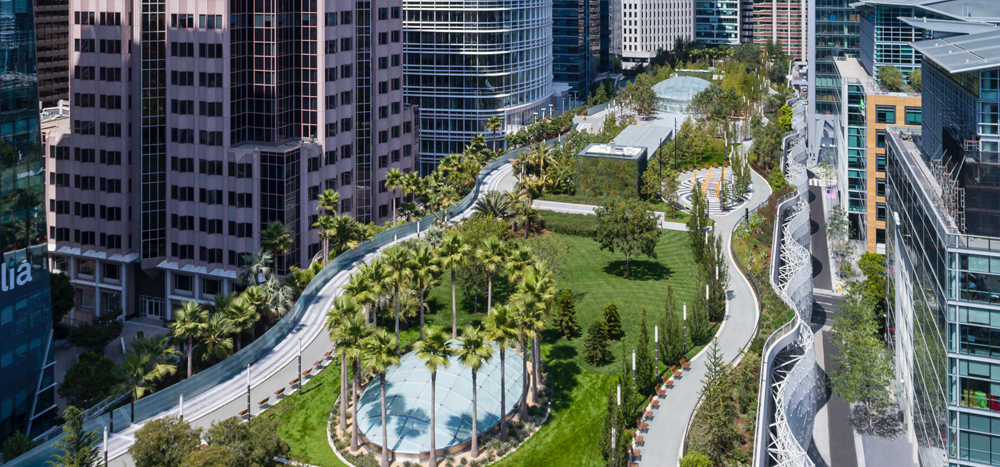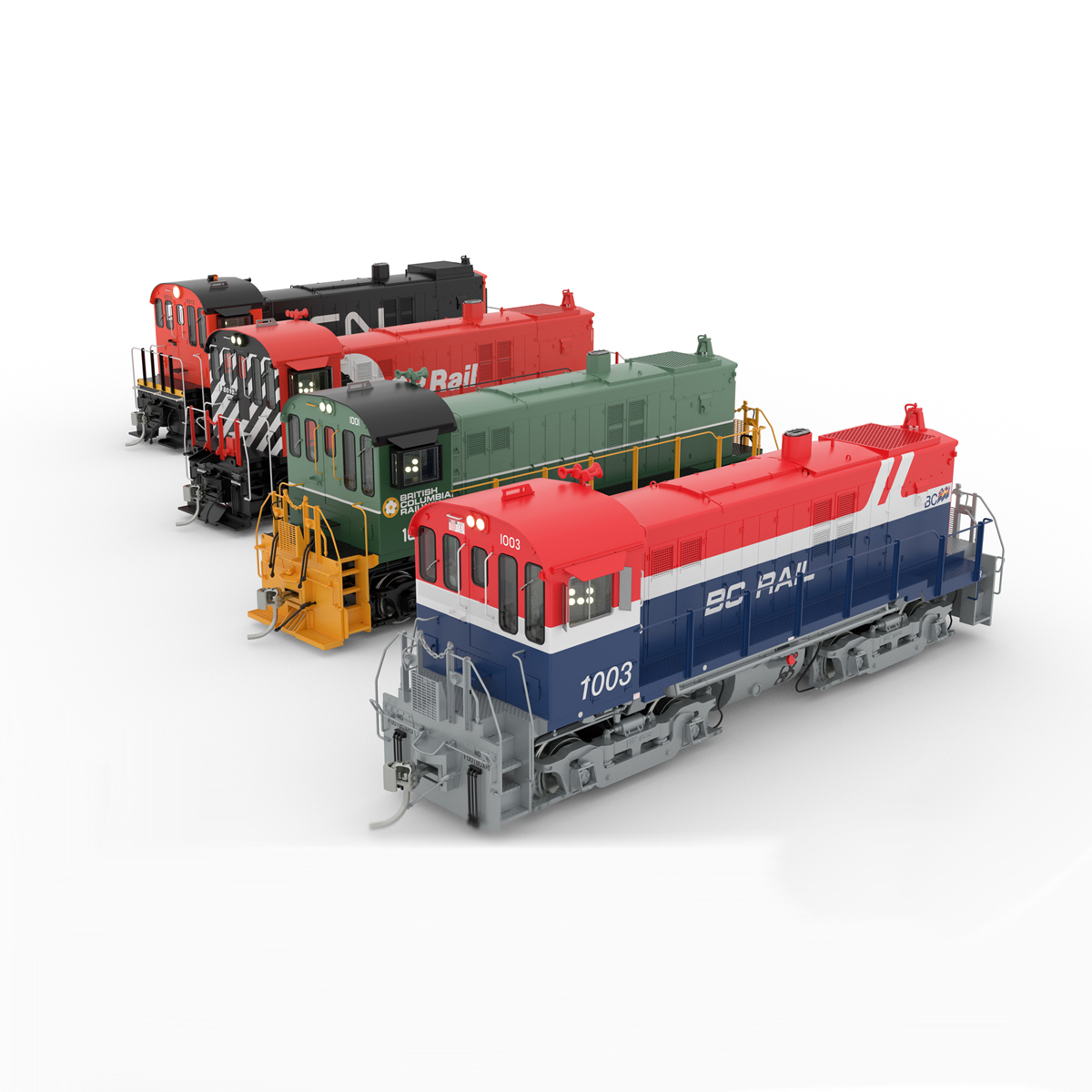
SAN FRANCISCO — A 1.3-mile extension of Caltrain and California’s high-speed rail line to a transit center in downtown San Francisco would cost $6.7 billion, according to a new estimate from the agency which would oversee the project.
The San Jose Mercury News reports the figure from the Transbay Joint Powers Authority represents a 34% increase from the amount budgeted in 2015. It covers the cost to build a line from the current Caltrain terminus at 4th and King Streets to the Salesforce Transit Center on Mission Street. The transit center, currently a bus terminal, has always been intended as the terminus for the high speed rail service.
The newspaper says the project’s cost of $5.15 billion per mile would make it the world’s second most costly transit project, behind the New York Metropolitan Transportation Authority’s long-delayed East Side Access project. Most of the cost comes from the tunneling required to connect the current endpoint to the transit center.
The Transbay agency is aiming to complete the project in 2032 and has allocated more than $1.7 million to lobbying for state and federal funding.














Instead of TBM tunneling maybe time to just cut and cover to build the access.
A simple surface 10-track stub terminal with wye next to the Pacific shore in Downtown San Francisco would have surficed.
One can not do a simple next to the bay in Downtown San Francisco. The last plan for that was 1 Market St, the old Southern Pacific headquarters building.
Much of downtown San Francisco is built on bayfill. Bayfill that is very difficult to build on due to the Bay Area being in the close vicinity of an active earthquake zone.
San Francisco used to have a freeway on the waterfront, the Embarcadero Freeway. The double deck freeway was badly damaged in 1989 during the Loma Prieta earthquake, eventually leading to its demolition. It was cheaper to knock it down, then to rebuild.
So Mr. Landey, taxpayers would revolt against a big increase in their local taxes. Nothing gets built, which could be a good thing or a bad thing depending on the project.
Is the “Salesforce Transit Center” the former East Bay Terminal once used by trains of the Key System?
What does it buy you to go to the Whatever Transit Center versus staying at 4th and Townsend? Won’t it still be a stub station? And with all the earthquake protection, a very expensive stub station.
No, the STC replaced the original Transbay Terminal, and is a couple of blocks away from that site. The CalTrain/HSR train box was built below grade as part of its construction. Get a look here: https://salesforcetransitcenter.com
Yes and No. The East Bay Terminal was torn down completely and an entirely new facility was built that is much larger and can accomodate more than the original EBT. It buys you getting dropping off right in downtown San Francisco and not near China Basin and the Giants stadium.
NO Federal funds for air travel. Let the airlines pay for the FAA, TSA, and asorted other costs (airport subsidies, like building runways). Of course, ticket prices on Southwest will reflect the actual cost of service.
The cost of the rail tunnel portion is probably closer to $2 billion; still a high number. It’s all the goodies that you see in the picture that increase the price, including a Taj Mahal addition to the current bus station.
Another driving force in the high price is Davis-Bacon Prevailing wage rates. The specific wage rates are based upon the local cost of living, which is very high in the San Francisco Bay Area. Still, I seriously doubt that the workers on the project could live in the area.
That stuff you see in the artists rendition is already there, the park is already on top of the transit center. The transit center has been built and completed, the only thing missing is the tunnel from 4th and King St to the transit center, the only reason it would cost so much is the use of tunnelling machines instead of cut and cover, which would require digging down very deep to reach the rail concourse, which is underneat the bus portion.
Cost just a little less than $1 million per foot. For California that’s not bad. For us in flyover country we could get at least a 300 acre farm with house, barn, & shop building.
Ouch! 1.3 miles at $6.7 Billion!? Back to the drawing board and a new cost analysis.
If history is any guide, the final cost for this extension will likely exceed $10 billion. Is it worth that?
As Ralph Kramden would say, “A mere bag of shells.”
End all federal subsidies for local transit. If people want local transit, then raise local taxes.
This project would be a High Speed Rail station, so more than local transit.
I guess, then, we should end all Federal subsidies for local roads. If people want roads, then raise local taxes.
Laurence. Yes, limit federal subsidies to IH and USH highways only. No federal funds for STH, CTH, or urban/ local roads. (I use the Wisconsin terms for roads of various echelons.) No federal funding for bike paths. Time to wean the states and localities off Federal funding. States and localities “balance” their budgets off Federal subsidies that aren’t real money, it’s money that the government prints.
Charles, California does not balance it’s budget off of Federal subsidies, as a matter of fact, California provides the money that most Southern states use to balance their budgets…it’s time you learn which states provide money to the Feds and which ones take.
C’mon Gerlad. All states get massive, massive, massive Federal funding. What you are saying is that some states contribute more than others to the Federal treasury. Doesn’t change either of my contentions. (1) Feds pay for what local taxes should pay for; and (2) The reason for this is that the Feds print money whereas state budgets need to be balanced.
California doesn’t support the federal treasury. There is no federal treasury. The federals print money.